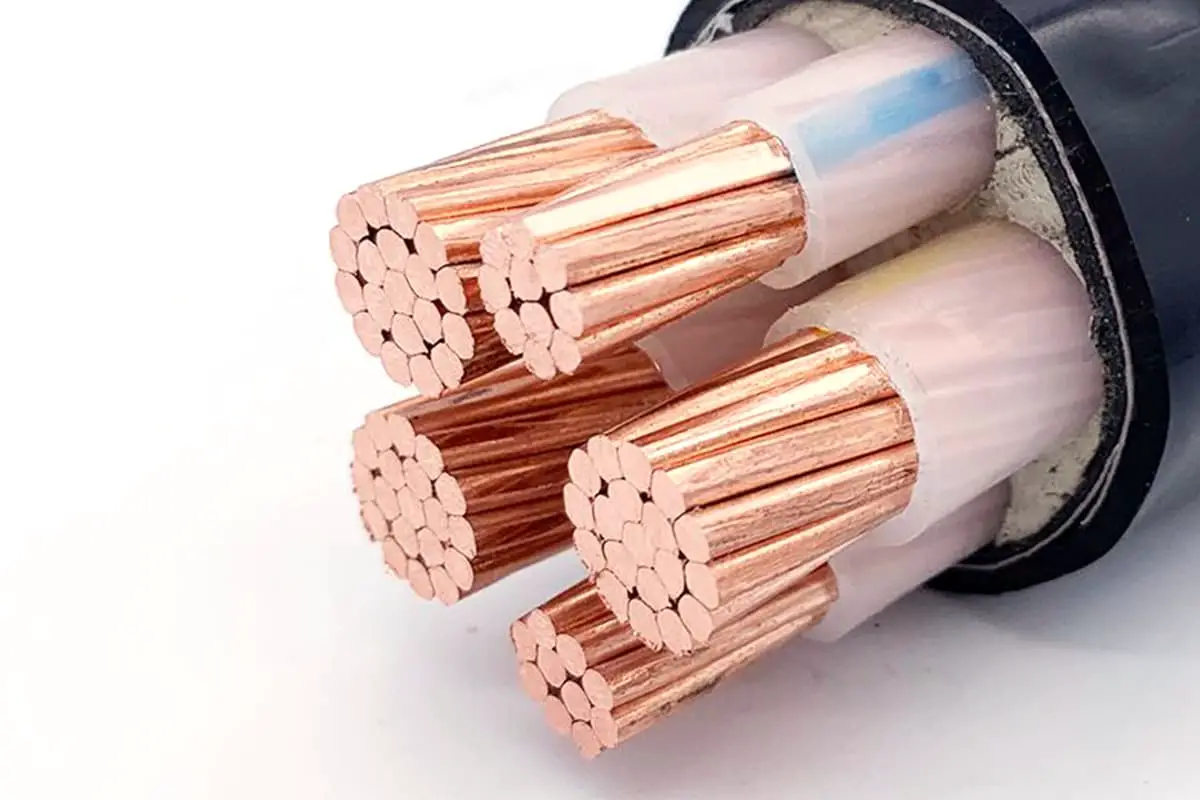
Have you ever wondered what makes a YJV copper core cable unique? This power cable, with its cross-linked polyethylene insulation and PVC sheath, offers exceptional electrical and mechanical performance. It is designed for fixed installations in power transmission lines, ensuring reliability even under challenging conditions. This article explores the specifications, benefits, and applications of YJV copper core cables, providing insights into why they are a preferred choice in various electrical installations. Dive in to understand how this cable can enhance the efficiency and safety of your power systems.

A copper core cable refers to a cable with a conductor made of copper.
Cables can be categorized into various types and specifications according to different classification standards. Among them is the YJV cable. What exactly is a YJV cable, and what are the specifications of this model? What does the YJV model signify?

YJV: Copper core cross-linked polyethylene insulated PVC sheathed power cable
YJ: Cross-linked polyethylene insulation
V: PVC sheath
The YJV cable is composed of several parts from inside to outside: the conductor, polyethylene insulation, filler (like nylon, PVC composite materials, etc.), and a PVC outer sheath. The conductor is typically a copper core, as copper is a widely used conductor material in the market.
Aluminum conductors are less used due to their poor electrical conductivity and lack of standardization. Fillers are typically made from materials like nylon and serve to protect the core of the wire, akin to dressing the cable core in a “coat”.
Low Voltage: 0.6/1KV (available in single core, two cores, three cores, four cores, 4+1 cores)
Medium Voltage: 3.6/6KV, 6/10KV, 8.7/15KV, 12/20KV, 18/30KV, 26/35KV
The cable is suitable for fixed installation on AC 50Hz power transmission and distribution lines with a rated voltage of 0.6/1kV and below for power transmission. Compared to PVC power cables, this product not only has excellent electrical performance, mechanical performance, heat aging resistance, environmental stress resistance, and chemical corrosion resistance but also features a simple structure, light weight, is not limited by laying drop, and has a high long-term working temperature (90℃).
Low-voltage power cable products comply with the GB/T12706.1-2008 standard. Flame-retardant or fire-resistant cables must also comply with the GB/T19666-2005 standard.
YJV cables can consist of either a single conductor or multiple conductors. The number of cores in a YJV cable can be single-core, 2-core, 3-core, 4-core, 5-core, 3+1-core, 3+2-core, 4+1-core, etc.
The 3+1-core, 3+2-core, 4+1-core models are composed of two conductors with different functions, one is called a phase line, and the other is a grounding line, specifically used for grounding.
Common specifications are 1mm², 1.5mm², 2.5mm², 4mm², 6mm², 10mm², 16mm², 25mm², 35mm², 50mm², 70mm², 95mm², 120mm², 150mm², 185mm², 240mm², 300mm², etc. For instance, the YJV3185+295 cable consists of three 185mm² phase lines and two 95mm² grounding lines.








